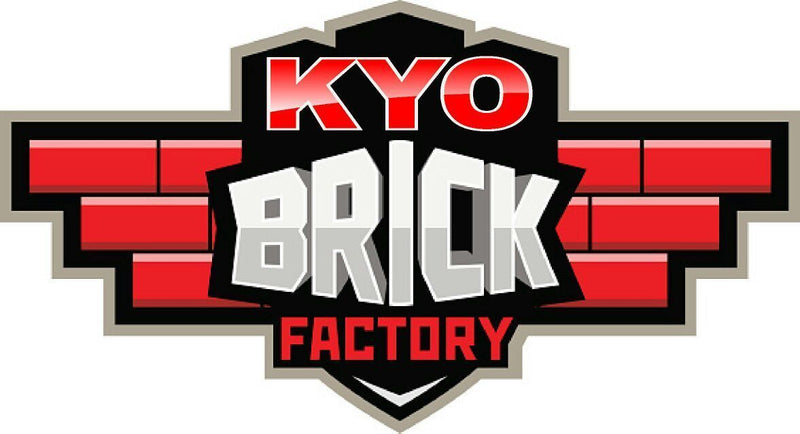SECURE: ROBUST & LOW RISK
Brick buildings shape South Africa’s architectural heritage – in every province you will find beautiful and functional schools, social infrastructure, hospitals, churches, stately homes, forts and lighthouses. You will also find affordable brick homes moulded from South African soil that have protected and served South African families across several generations.
Maximum Fire rating
Clay Brick is incombustible, and therefore cannot contribute to the start or rapid spread of fire. Double leaf clay brick walls achieve maximum fire ratings of 240 minutes of resistance with impairing structural strength. Brick walls do not conduct electricity or lightning. During production, clay bricks are fired at temperatures between 1000°C and 1200°C so they are capable of resisting this level of heat without damage.
Water Resistant Ceramic
Clay Bricks are fired in a kiln, not dried in the sun so they can withstand saturation from flood water without being adversely affected structurally. They are water resistant and impervious to all weather. They absorb moisture so that walls that become damp, dry out just as quickly without ugly colour changes.
Security
Clay brick is a dense construction material, and protects against natural disasters like flooding, lightning and hail, as well as civil crime, vandalism and unrest. The Great Wall of China protected half of Asia from the Mongolian invaders.
Low Risk
Bricks are manufactured to SABS specifications and their use is controlled by strict national building regulations to protect home owners and property investors. SANS 227:2007 and SANS 1 575:2007 classifies the South African National Standard for burnt (or fired) clay bricks and paving units.

SAVE – TIME & MONEY
Due to the durability of brickwork construction, life cycle cost analysis demonstrates the long-term benefits of building with brick.
Low Maintenance
Clay face bricks require little or no maintenance ensuring lowest life cycle costs, saving both time and money year after year. Low maintenance mitigates carbon debt associated with painting, refurbishment and replacement.
Replaceable
Although clay brick bricks and pavers are very durable, they can become stained, and mortar can crumble after long exposure to the elements. Simply drill out or remove the mortar, remove the brick and replace it.
Easy to clean
Most brickwork stains can be cleaned with a stiff fibre brush and running water, but in special circumstances chemical cleaners are inexpensive, easily available and well documented.
Reusable and Recyclable
Clay bricks can be salvaged and reused when the existing structure has outlived it usefulness. Bricks can be crushed and recycled as aggregate for road construction, sub-base or non-toxic landfill and site levelling.
Inexpensive construction tools
Bricklaying and paving is not capital intensive - the investment for a skilled small contractor is little more than the cost of raw materials. Many bricklayers and plasterers set up as independent craftsman.

SUSTAIN – HEALTH, COMFORT & COMMUNITY
Sustainably designed buildings are energy efficient, resource-efficient and serve the long term economic, social and environmental needs of communities. Clay brick masonry demonstrates all these qualities during construction, throughout its long operational life.
Insect and rodent resistant
Clay bricks are resistant to damage from ants, borer and termites. Thanks to their high density, clay brick prevents insects and rodents from breeding or chewing through walls.
Mould and fungus resistant
Brick masonry is not a food source for moulds and fungi and does not promote mould growth even when wet. Clay bricks quickly release moisture back into the environment and do not remain damp. Double leaf walls reduce the variance between cold outdoor temperatures and warm interiors.
Sound & noise protection
The density and mass of Clay Bricks makes them a natural sound barrier with high acoustic protection - ideal for schools and community buildings. Brick homes keep suburbs quiet even with high-density living. The acoustic insulation of clay brick ranges from 43db to 49db.
Economic growth in rural areas
Brick products and manufacturing technologies are not imported, every brick is made here in South Africa under well-regulated quality standards. Brick production plants are found outside urban centres and provide stimulus for economic transformation, local job creation and skills development.

